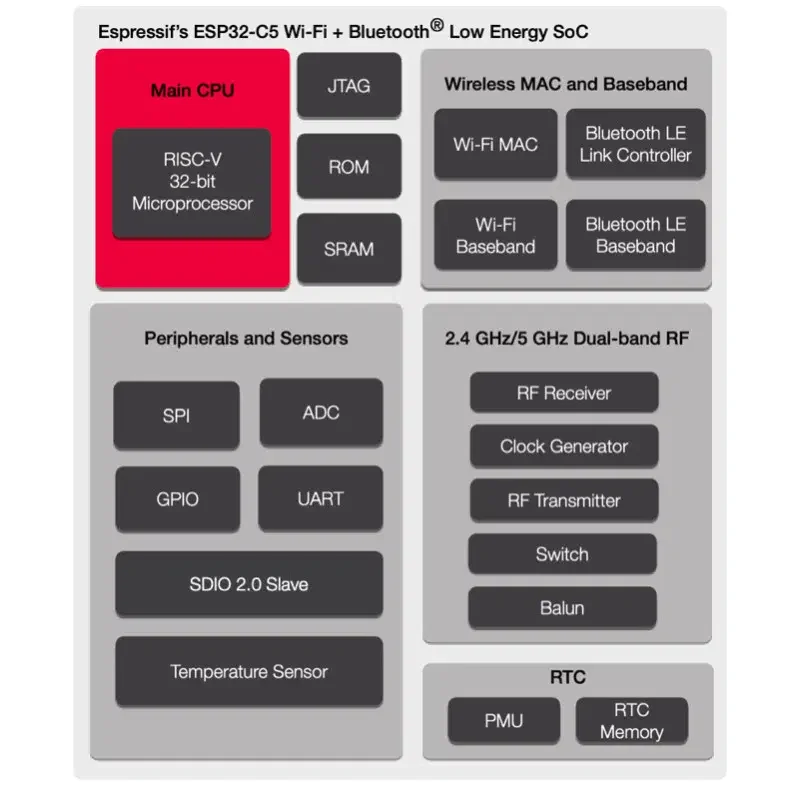If you want to build a battery-operated device, you should consider using ESP32-C5. These chips are battery-operated, so they can stay connected for years. They are also suitable for devices that need to stay connected all the time, such as doorbells and alarm clocks. To get more information about the ESP32-C5, please visit the official ESP32 website. This article was written with the purpose of providing you with useful tips.
ESP32-C5
The ESP32-C5 SoC is a 32-bit RISC-V processor with Bluetooth 5.0 LE and Wi-Fi 6 connectivity. It also has 240 MHz operation, a RISC-V core, and security features. The ESP32-C5 also supports SDIO 2.0 Slave interface. This low-cost development platform is a great starting point for building your own electronics projects.
The ESP32-C5 is a surface-mountable chip, making it easy to solder onto a MCU during production. Unlike most other low-cost devices, the ESP32-C5 is shielded, reducing Wi-Fi interference. It is pre-approved by the FCC, making it compatible with many international markets. Unlike some of its competitors, this low-cost device is incredibly easy to use and program.
The ESP32-C5 is compatible with multiple platforms, including Android, iOS, and Linux. Its low-power design allows it to run on a wide variety of batteries, and can stay connected for years. As a battery-operated device, the ESP32-C5 is ideal for a variety of applications, including Internet of Things devices. Its versatility is also an important feature, as it allows you to create a device that doesn’t require any external power source.
The ESP32-C5 development kit is compatible with multiple peripherals, including USB and Bluetooth, and will support the cloud connectivity protocol like 2smart. This enables developers to develop low-cost audio products and use them in a variety of contexts.
Let’s talk about your next project!


